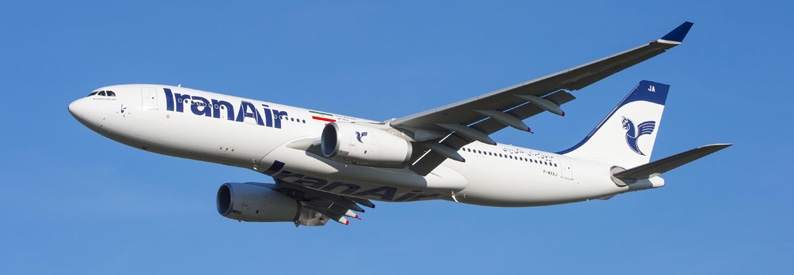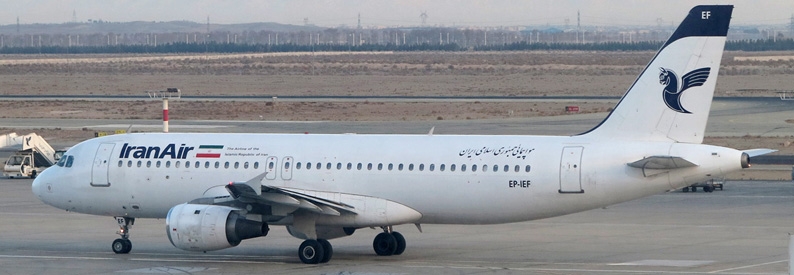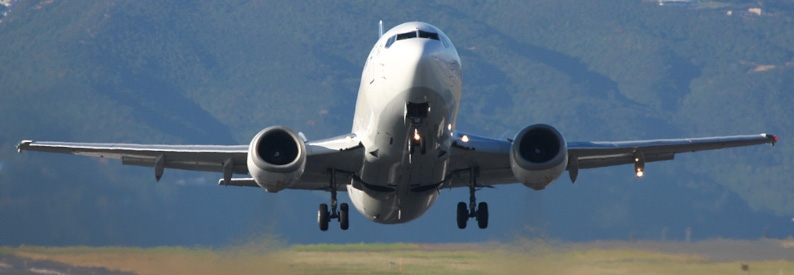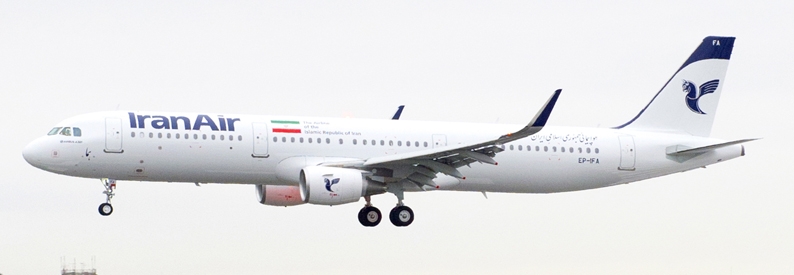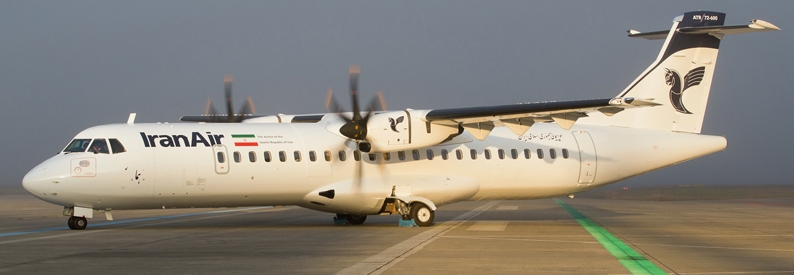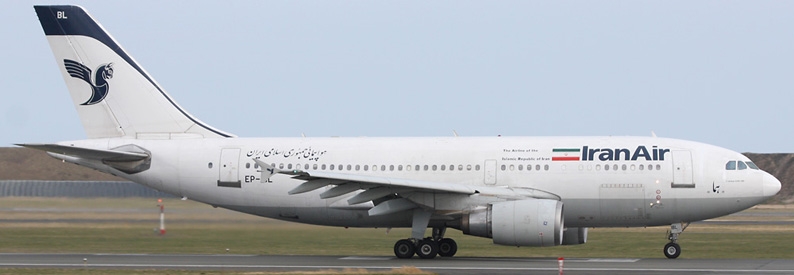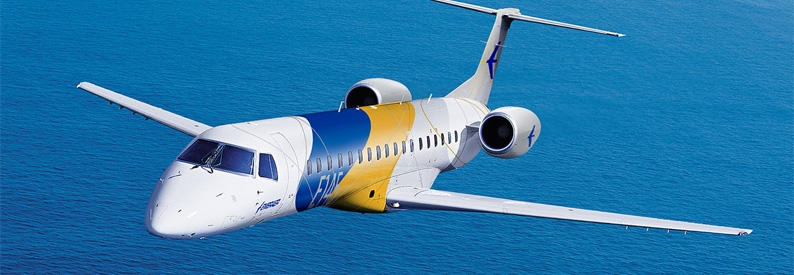The European Union Aviation Safety Agency (EASA) has issued a Conflict Zone Information Bulletin (CZIB) identifying Iranian airspace below FL250 (25,000 feet) as high risk due to the risk of accidental anti-aircraft fire.
"Due to the hazardous security situation, and poor coordination between civil aviation and military operations, there is a risk of misidentification of civil aircraft. Due to the presence of various advanced air-defence systems, it is advised to be cautious with the risk associated to civil aviation," EASA said.
While important for airlines' in-house risk assessment and procedures, the CZIB is not banning them from overflying Iran even at altitudes below FL250.
Several other agencies, including European ones (which are overseen by EASA), have issued more stringent bulletins regarding operations over Iran in the wake of the shooting down on January 8 of a B737-800 operated by Ukraine International Airlines (PS, Kyiv Boryspil) during take-off from Tehran Imam Khomeini. The FAA has banned all US-based airlines from any overflights through Iranian airspace. The Canadian and Swedish authorities have recommended all airlines avoid Iranian airspace, while France has advised avoiding the western part of the country.
In a statement published by the state-owned IRNA news agency, Iranian Civil Aviation Organisation Deputy Director Morteza Dehghan underlined that the country's airspace is safe and said that negotiations are ongoing to address EASA's and other parties' concerns.
EASA's CZIB is valid through January 16, 2021.

